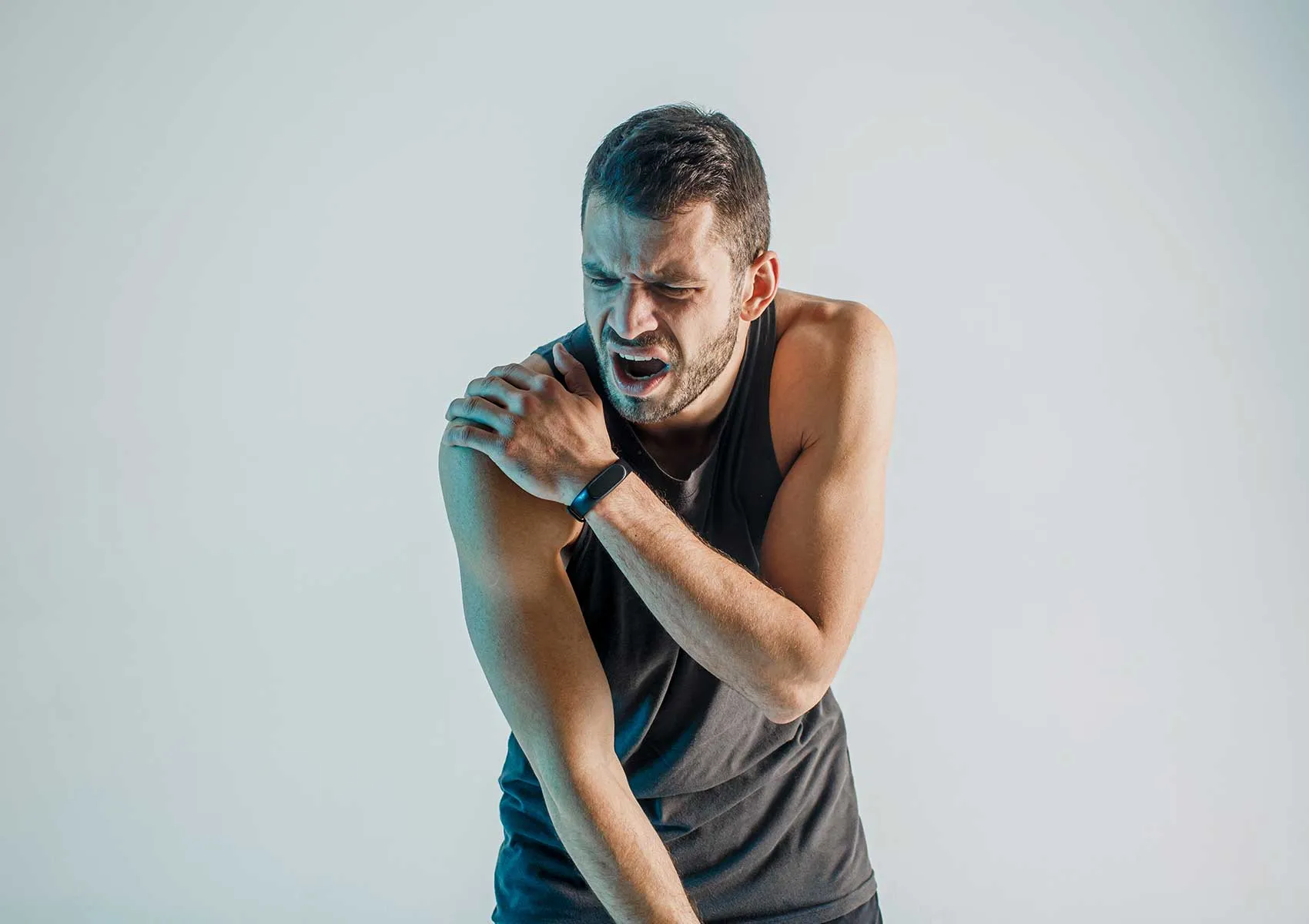What Does Post-Exercise Pain Mean?
Is It a Sign of Growth or a Warning of Injury?
Muscle soreness after a workout is a common experience for many people, often seen as a sign of effective training. But is every type of post-exercise pain normal? The answer is not always clear-cut. While some discomfort is part of a healthy adaptation process, more intense or prolonged pain may indicate strain, tissue overload, or even early signs of injury.
In this article, we explore the difference between normal physiological pain and abnormal pain after exercise, how to interpret what your body is telling you, and when to take action to protect your joints and muscles.
Is Pain After Exercise Normal?
Mild to moderate discomfort in specific muscle groups, beginning 12–48 hours after a workout and fading within a few days, is known as Delayed Onset Muscle Soreness (DOMS). This is typically caused by micro-tears in muscle fibers that result from unfamiliar or intense physical activity, especially eccentric movements (when the muscle lengthens under tension).
DOMS is particularly common when:
- Returning to exercise after a break
- Increasing intensity or duration
- Trying new workouts or exercises
- Performing eccentric exercises (like downhill running or lowering weights)
This type of pain is usually not harmful, and with consistent training, the body adapts, and future soreness is reduced.
When Is Pain Not Normal?
Post-exercise pain becomes concerning when it is severe, prolonged, or accompanied by other symptoms. The following signs suggest that the pain may be more than normal muscle soreness:
- Lasting longer than 72 hours
- Sharp, stabbing, or worsening pain with movement
- Pain present at rest or during sleep
- Swelling, redness, or warmth in the joint or muscle
- Loss of strength or restricted motion
- Clicking, locking, or instability in joints
Such symptoms may point to muscle strain, tendon irritation, joint inflammation, or even ligament injury. If pain is intense or persistent, a consultation with a physical therapist or orthopedic specialist is recommended.
Why Does Post-Exercise Pain Happen?
The body responds to exercise with a series of physiological stress responses aimed at healing and adaptation. These include:
- Micro-damage to muscle fibers
- Inflammatory response triggering soreness
- Swelling due to fluid accumulation
- Temporary accumulation of lactic acid and metabolic waste
- Increased nerve sensitivity in overworked tissues
These processes are part of normal muscle recovery, but when the body is overloaded or recovery is insufficient, the response can become excessive and lead to pain or injury.
How to Manage and Prevent Post-Workout Pain
Whether you're a beginner or experienced athlete, these strategies can help reduce muscle soreness and prevent injuries:
- Warm up and stretch before training to prepare muscles
- Cool down and perform gentle stretching after workouts
- Progress slowly by increasing volume or intensity gradually
- Stay hydrated to support muscle function and recovery
- Get adequate rest and sleep for tissue repair
- Apply ice within the first 24 hours for acute soreness
- Use heat, massage, or light movement for DOMS relief in the following days
Ignoring pain and continuing to train aggressively can do more harm than good. Always listen to your body and adjust accordingly.
Is Pain Necessary for Muscle Growth?
There’s a widespread myth: “If it doesn’t hurt, it’s not working.” This is not entirely true. While DOMS may be a sign of new muscle stress, pain is not a requirement for muscle growth. Progress can occur with little to no soreness, especially as the body adapts to a regular routine.
In fact, many experienced athletes no longer feel soreness after their usual workouts—not because their progress has stalled, but because their muscles are efficiently recovering and adapting.
FAQ
-
Is it normal to feel pain after every workout?
Mild soreness is common, especially after new or intense workouts. However, pain after every session may indicate overtraining or improper form.
-
Do I need pain to build muscle?
No. Muscle growth occurs through progressive overload, proper nutrition, and recovery—not necessarily through pain.
-
When should I worry about post-workout pain?
If it lasts more than 3–4 days, increases with movement, or comes with swelling or weakness, consult a specialist.
-
Should I continue exercising when I'm sore?
Light movement may help DOMS, but if pain is sharp or affects joint movement, rest is advised.
-
What's the best way to reduce post-exercise soreness?
Warm up, cool down, hydrate well, sleep adequately, and don’t increase your intensity too quickly.

